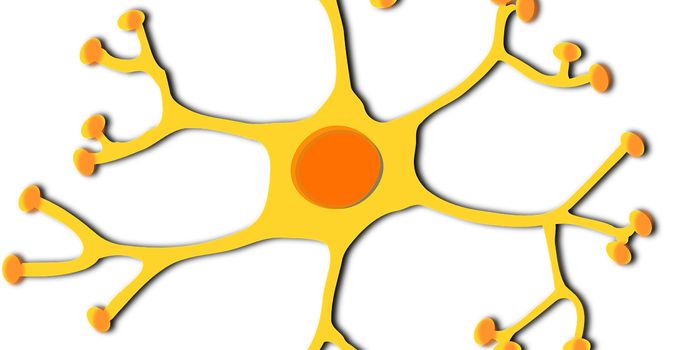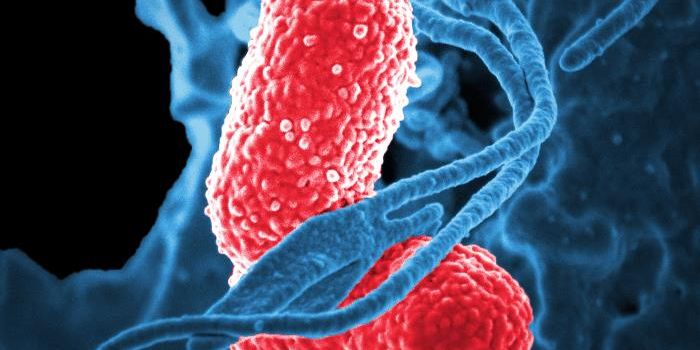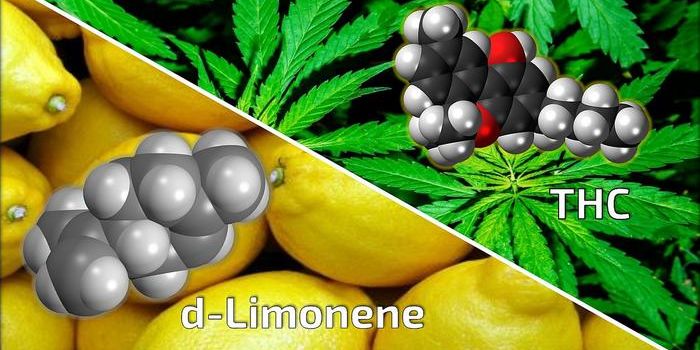The Next Step Treatment for Hookworm Infections
Researchers have discovered a crucial step in blood digestion of hookworms that feed and infect the blood of mice. The key step can be targeted to disrupt the development and survival of the parasite which can develop new treatments for hookworm-infected humans.
Hookworms are parasitic worms that cause helminthic infections to about 450 million people worldwide, particularly in developing countries. These hookworm infections (Necator americanus or Ancylostoma duodenale) are transmitted through human skin due to contact with contaminated soil. Once infected, they take up their home in the intestines, where they can feed on host’s blood causing anemia, leading to disrupted childhood development, and issues during pregnancy. Therefore, effective treatments are constantly needed to eradicate hookworms and one such treatment involves targeting the worm’s blood-feeding activity.
Using the host’s blood, hookworms seek a crucial molecule called heme, a component of hemoglobin needed for oxygen transportation in the blood. The properties of heme are toxic and many blood-feeding parasites have evolved to develop a biological mechanism consisting of heme detoxification. Lead researcher Tiffany Bouchery and team at the Institute of Medical Research in New Zealand, believe that hookworms may use this similar “heme-detoxification” strategy. The researchers lead a series of experiments using a mouse-infecting hookworm species.

The results first indicated mouse-infecting hookworm species were biologically similar to human-infecting counterparts, which included feeding on blood and causing anemia. Secondly, researchers discovered that feeding red blood cells or hemoglobin to the hookworm supported their survival and development which was evident through the production of a dark brown pigment similar to the molecule hemozoin, which is the detoxified form of heme produced by other blood-feeding parasites. This encouraged investigators to test the efficacy of a set of antibiotics known as quinolones.
Quinolones disrupt hemozoin formation in malaria and Schistosoma parasites. It was discovered that quinolones also disrupted the production of hemozoin-like pigmentation in mouse-infecting hookworms, which disrupted their development and ability for reproduction. When the mice were treated with quinolones, they had a significant decrease in the levels of hookworms, hookworm eggs, and anemia.
However, due to drug resistance, quinolones are not a realistic treatment against human-infecting hookworms. But, these new findings from the study conclude that development of other drugs or vaccines that target heme-detoxification mechanism may be the best treatment against human-infecting hookworms.
Sources: PLOS Pathogens, Science Daily
-
APR 30, 2024Immuno-Oncology Virtual Event Series 2024
-
MAY 07, 20243rd International Biosecurity Virtual Symposium
-
SEP 03, 2024Microbiology Week Virtual Event Series 2024
- See More


















































